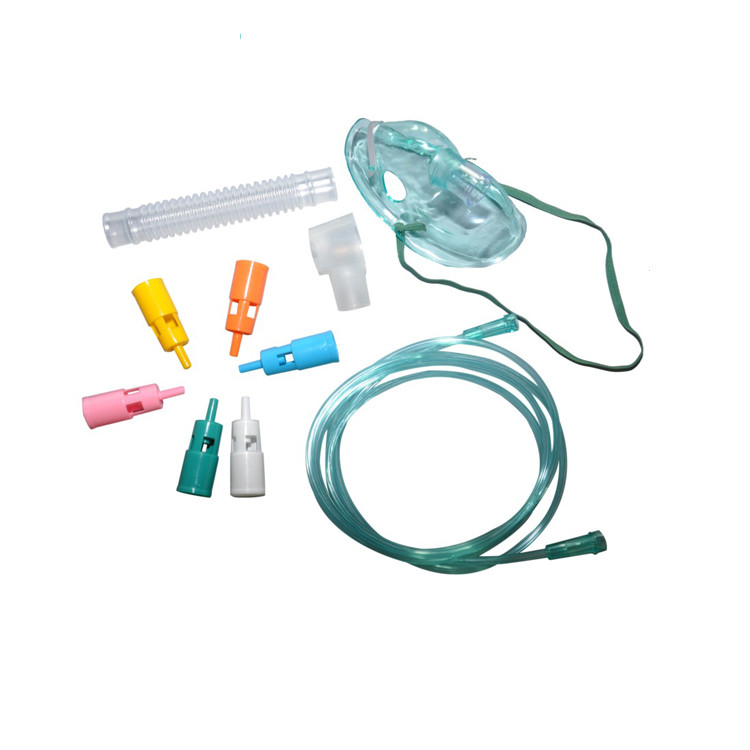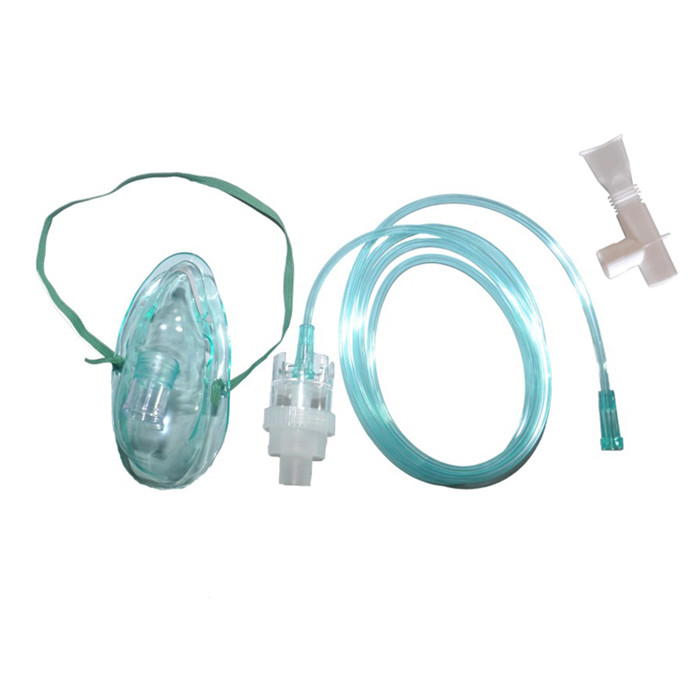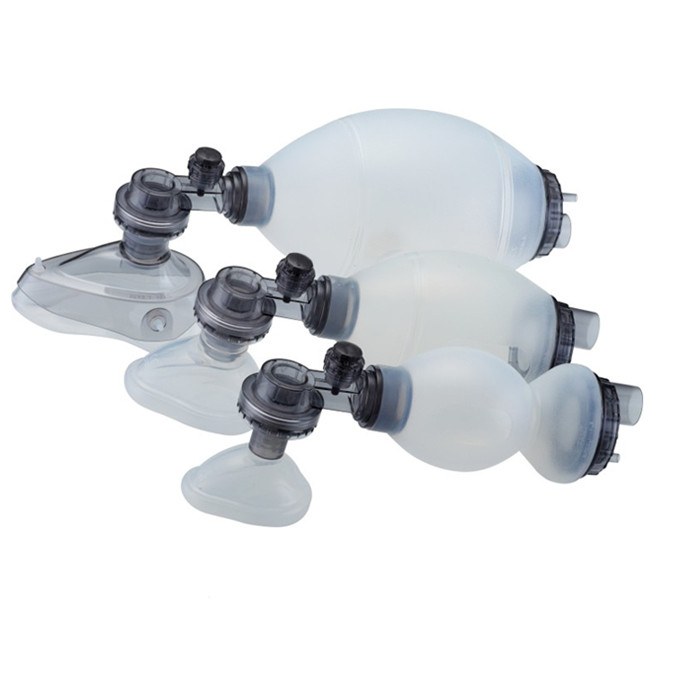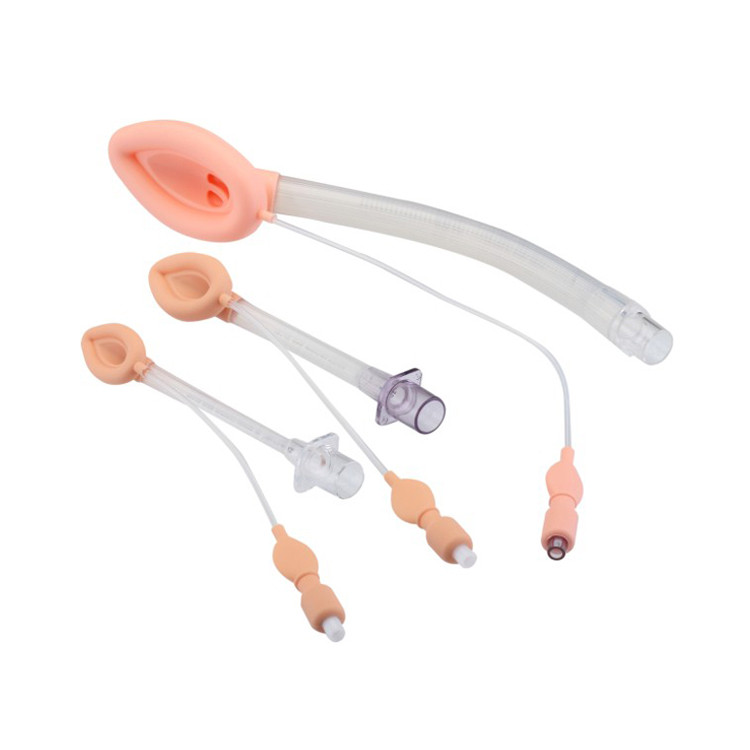With the further development of molecular biology chip technology research, DNA chip technology has been gradually applied to the detection and comparative study of various known or unknown nucleic acid sequence expression in biological samples. However, as a protein that performs a chemical reaction functional component in a living cell, a substantial portion thereof does not show a direct relationship with the mRNA expressed by the active gene, and thus the cDNA chip technology as a high-throughput gene expression analysis platform is used. The application process is subject to certain restrictions. In addition, due to various microchemical changes in protein structure and conformation, which can cause changes in activity or function, in order to further reveal the relationship between various metabolic processes and proteins in the cell and the molecular level of certain diseases, A more in-depth study of the function of proteins is required. With the maturity of DNA chip technology and the remarkable achievements of genetic research, the research on protein function and related technologies have been further promoted, and protein chip technology has emerged.
The basic principle of protein chip technology is to sequentially immobilize various proteins on various carriers such as titration plates, filters and slides to become a chip for detection, and then use proteins or other components labeled with specific fluorescent antibodies. The function of the chip is to wash away the components that are not complementary to the protein on the chip by rinsing, and then use the fluorescence scanner or laser confocal scanning technology to measure the fluorescence intensity at each point on the chip, and analyze the relationship between protein and protein by fluorescence intensity. The relationship of interactions, thereby achieving the purpose of determining the function of various proteins. In order to achieve this, it is first necessary to immobilize the protein on a suitable carrier by a certain method while maintaining the natural conformation of the protein, that is, it must be prevented from denaturation to maintain its original specific biological activity. In addition, due to the diversity of proteins and functional complexity in biological cells, the development and establishment of high-throughput protein chip technology with multi-sample parallel processing capability and rapid analysis will facilitate the simplification and acceleration of protein function studies.
In the research process of protein chip technology for many years, researchers have made unremitting efforts to find suitable substances as carriers of proteins. For example, Japanese scholars use a cationic surfactant (HTAB) liposome as a carrier to assemble a nano-level assembly by combining glutaraldehyde with a ferritin-encapsulated shell. This assembly can be used. The ferritin molecules are introduced into and immobilized on the inner surface of the envelope to form a protein carrier under appropriate pH conditions. Some solid surfaces or a film containing an electrolyte are used as a carrier to transfer the colloidal protein particle component to the film to form a protein chip. Uetz et al. analyzed the interaction of various proteins in the full-length reading frame of the S. cerevisiae genome sequence, using a plate with different pore numbers as a vector, and established a plate protein chip system consisting of about 6 000 yeast transformants. Each well contains a yeast transformant that produces a protein based on the coding expression of the open reading frame of its active functional region. This system can be used for the detection and analysis of protein functions. Arenkov et al. used a polyacrylamide gel plate as a support, placed the protein sample on the gel, and then electrophoretically separated it into an array of proteins for further study. Zui, Harvard University's Protein Chip Research Center, Gavin et al. prepared a first sample containing 10,800 points on a slide with half the size of a microscope slide using a needle-like spotting gun of a high-precision robot for preparing DNA chips. Protein chip. This chip was spotted with purified protein G at a spot rate of 1 nanoliter per point for 10 799 times, and the other was spotted with FRB (FK-BR12-rapamycin binding domain Of FKBP-rapamycin-associated protein). To ensure that different molecular weight spotted proteins can be immobilized on the slide, they first coat the surface of the slide with BSA and then use N, N'-disuccinimidyl carbonate to activate the BSA surface. The lysine, aspartic acid, and glutamic acid residues become BSA-NHS slides that promote the binding of BSA to the spotted protein to immobilize the protein on the slide. In order to ensure that the proteins immobilized on the carrier retain their natural conformation and biological activity during the preparation of the chip, they add 40% glycerol to the protein-spotted phosphate buffer to prevent evaporation due to moisture. Protein denaturation. After spotting, the plate was immersed in a buffer containing calf serum albumin (BSA) for 3 hours, so that the surface of the chip contained a layer of calf serum protein, which was used to block non-specific binding sites with other proteins. An aldehyde group that does not participate in the reaction at the surface. In order to detect the application of the chip, they used different fluorescent antibodies to label IgG and FKBP12 (12Kd FK506-binding protein) which specifically bind to protein G and FRB, and act on the protein chip to observe the interaction between these proteins and the protein chip. It is shown that the protein G on the chip and the single FRB spot are respectively labeled with blue and red fluorescence. This experimental study establishes a micro-spotting technique for protein samples and preserves the original conformation and biological activity when the protein is immobilized on a carrier. This is a parallel study or rapid analysis of multiple samples of proteins in the future - for the preparation of high-throughput The functional detection of the protein chip lays the technical foundation.
Effective inhalation of oxygen is one of the necessary conditions for normal breathing. Hypoxia will affect normal metabolic and organ functions to a certain extent. Surrounding this problem, Yingmed Respiration And Intubation offers you a series of products to help patients to alleviate or release the pain of hypoxia under various complex situation .
Increasing the the amount of inhaled oxygen to take general Oxygen Therapy , build an aritificial airway to solve the problem of airway blockage , prepare a Silicone resusitator and other First Aid Kits for the unexpected worst, use Nebulizer to treat asthma and so on. For different cases,in these category, you will find the devices which doctors, nurses, or other rescue services needed during their operation.
 |
 |
 |
 |
 |
 |
|
Venturi Mask |
Nasal Oxygen Cannula |
Nebulizer mask |
Disposable silicone resuscitator |
Oral /Nasal endotracheal tubes |
Disposable silicone laryngeal mask |
Except Oximeter, you will find other Diagnostic Devices and Monitoring equipment such as Dual Head Stethoscope,12 channel ECG Machine ,Patient Monitoring and Fetal Dopple to help doctors to analyze illness and do further treatment in our other categories.
Respiration And Intubation
Oxygen Mask With Reservoir Bag,Medical Oxygen Mask With Reservoir Bag,Pvc Oxygen Mask With Reservoir Bag,Oxygen Tubing,Disposable Nebulizer Mask ,Disposable Endotracheal Tube
NINGBO YINGMED MEDICAL INSTRUMENTS CO.,LTD , https://www.chinayingmed.com